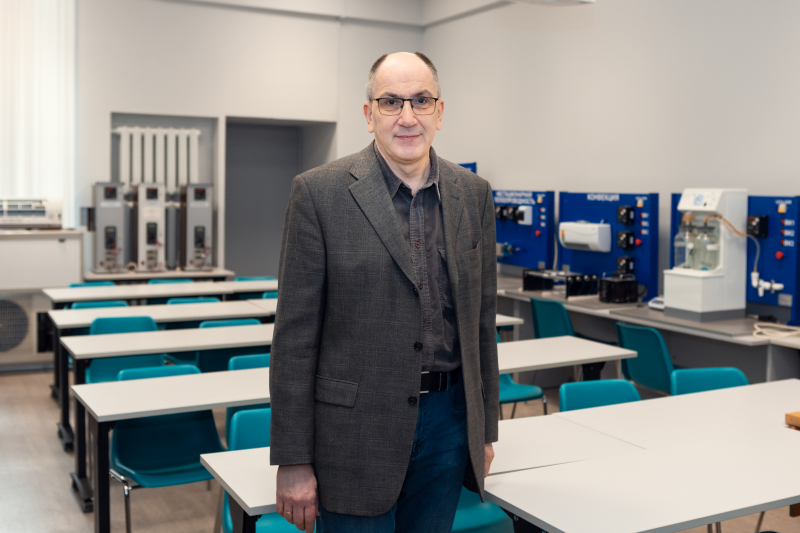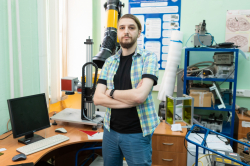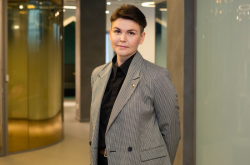What was your life like before you started to teach at ITMO?
At school, I had good grades in chemistry and physics and really understood these subjects well. Thermodynamics and thermal engineering are mostly all about physics, but it’s also important to have some expertise in chemistry to work with cooling agents and equations for the acquisition of new properties.
In 1989, I graduated from ITMO’s Department of Refrigerating Machines and Units. After that, I started to work at a private company and did so for about 20 years; in that time, I also defended my PhD thesis. I was first employed as an engineer but grew to be the company’s deputy head. We worked on full-cycle projects: provided our clients with refrigerating equipment, installed it, and launched it. For example, in the early 2000s, we worked with the Igristye Vina (Sparkling Wines) company and replaced their equipment with modern devices featuring the most cutting-edge technologies of the time.
I returned to ITMO and started to teach here in 2013, when the economic crisis hit and it became harder to work in the industry. During my time as a student here, I was lucky enough to meet some extraordinary lecturers – Alexander Kletsky, an acknowledged scientist in the field of thermodynamic properties of cooling agents; Vladimir Filatkin, the former rector of the St. Petersburg Technological Institute of Refrigeration; and Galina Danilova, the leading Russian professor in the field of refrigeration. Now I’m an associate professor at the Faculty of Energy and Ecotechnology: I teach engineering thermodynamics and the basics of thermodynamics heat and mass transfer, as well as co-author scientific papers with my colleagues.
Has your education been helpful in your professional life?
The theoretical knowledge that I’ve acquired while studying at ITMO came in extremely handy because most projects I took part in were unconventional. For example, once my colleagues and I had to develop engineering and refrigerating infrastructure for these huge warehouses where no human employees are involved and all items are moved by robotic palletizers. To come up with something new and unusual, you need to know the theory.

Vladimir Mitropov. Credit: Dmitry Grigoryev, ITMO.NEWS
I cooperated with companies in various fields, from the food industry to sports venues and museums. For example, the Museum of Ethnography once asked us to design and create a device to rid their exhibits of moth larvae. This problem used to be solved with poisonous substances and very outdated equipment. The larvae can be killed using low temperatures, but you can’t lower it gradually because they will simply hibernate and then “wake up” once the temperature gets back to normal. So we placed the exhibits in a special chamber at about -35°C for two days. This way, all the larvae die and the object can be put back in its place. The museum still uses our technology and even rents it out to others.
What modern problems does thermodynamics solve?
When I entered my studies, the cooling agent R12 was used in all domestic refrigerators and was thought to be safe. In the ‘90s, however, it was deemed harmful to the environment and banned because it affects the ozone layer. Instead, new agents appeared, but in 2010 they were banned, too. So it turned out that all the agents we used 20 years ago are no longer in use, except for natural ones: ammonia, propane, and carbon dioxide (CO2).
Today, we continue to use natural agents that don’t affect the global temperature and the ozone layer but we are yet to find an eco-friendly and more efficient agent. Unfortunately, new synthetic substances are typically expensive and their properties haven’t been properly studied yet. Some of the natural agents currently in use can be dangerous under certain circumstances, too, but we still use them.
What are the key challenges in teaching for you?
I think there’s a difference in how well students are able to process their programs’ curriculum, and it’s an issue with school education. In the past, if a student entered an engineering specialization, this meant that they knew math and physics well. Now some of them say that they only had shortened courses in physics or chemistry. This creates an additional challenge: you need to first even out the level of all students in a class. The chances of success are 50/50: some students might not have enough time to learn everything they need, but others, more motivated ones, will make it work, ask questions, and rediscover the subject.
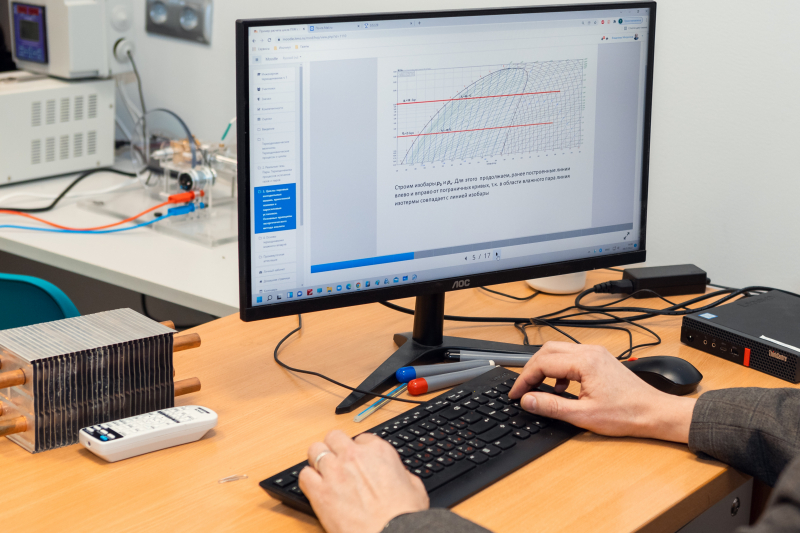
Credit: Dmitry Grigoryev, ITMO.NEWS
Sometimes my students and I have a hard time because of the increased workload. There simply isn’t enough time when a semester-long course must be completed in weeks.
What’s your key principle for teaching?
Prominent physicist and popular science adept Sergey Kapitsa once said that his students were allowed to use textbooks and notes at exams but they had to talk about a topic they know well and he would know if they really understood what they were talking about. He said: “You should teach them not to know, but to understand. Knowledge is easy to acquire from the web and other sources. There’s too much information and it constantly changes, but understanding always stays with you.”
That’s why for me grades aren’t the main criteria. What matters is if a student understands what they’ve learned and is able to apply this knowledge in practice. If they do, that’s just great. Once, when I was teaching students how to design and install thermal insulation, one of them shared a story from his life during an exam. He lived in a dorm and it was really hot inside, but they couldn’t open the window, plus there was a hot water pipe in the room, too. The student made some calculations for thermal insulation, showed them to me and asked if that was enough to pass his exam. Of course, why not? He studied the problem and came up with a solution. Here’s another example: a student calculated and designed the simplest model of the Stirling engine and presented it to the class. Thermodynamics is all around us, we encounter it every day. It not only allows you to make your living conditions more comfortable but also helps you figure out how much time you have to come back to your apartment and turn off the gas if you’ve left your oven on.
If during an exam a student is able to answer an unconventional question or solve a task, such as, say, explain what will happen to a domestic refrigerator under certain conditions, I’ll know they understand what they’re talking about.
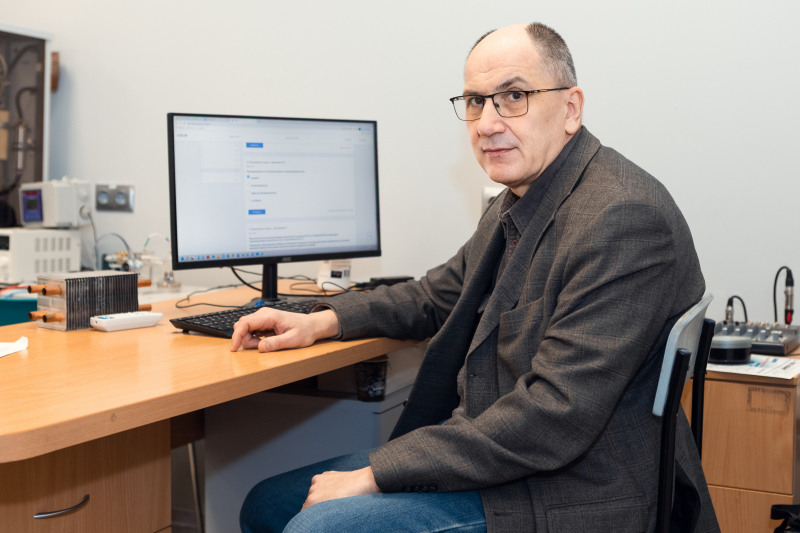
Vladimir Mitropov. Credit: Dmitry Grigoryev, ITMO.NEWS
What do you think about the ITMO.EduStars contest?
I heard about this contest at a meeting and didn’t think much of it at first. Then the contest’s experts came to assess my class – I didn’t even prepare more than usual, to be honest, I just worked like I always do. Then I found out that I won and was invited to the award ceremony. It was really nice and my close ones and colleagues congratulated me.
What do you do in your spare time?
I barely have any. I usually do some light reading on the commute, mostly science fiction or detective stories. They help me relax and I can start reading from any chapter if I forget where I’ve stopped. Plus, sometimes my former colleagues ask for help with thermal engineering.
Speaking of books, I like The Mysterious Island by Jules Verne: when reading it, I was impressed by the idea that an engineer is someone who can do anything. I also love brothers Strugatsky, Robert Sheckley, and O. Henry. I started to read the classics when I was in the army. At first, because there was nothing else to read, but then because I really liked it.
